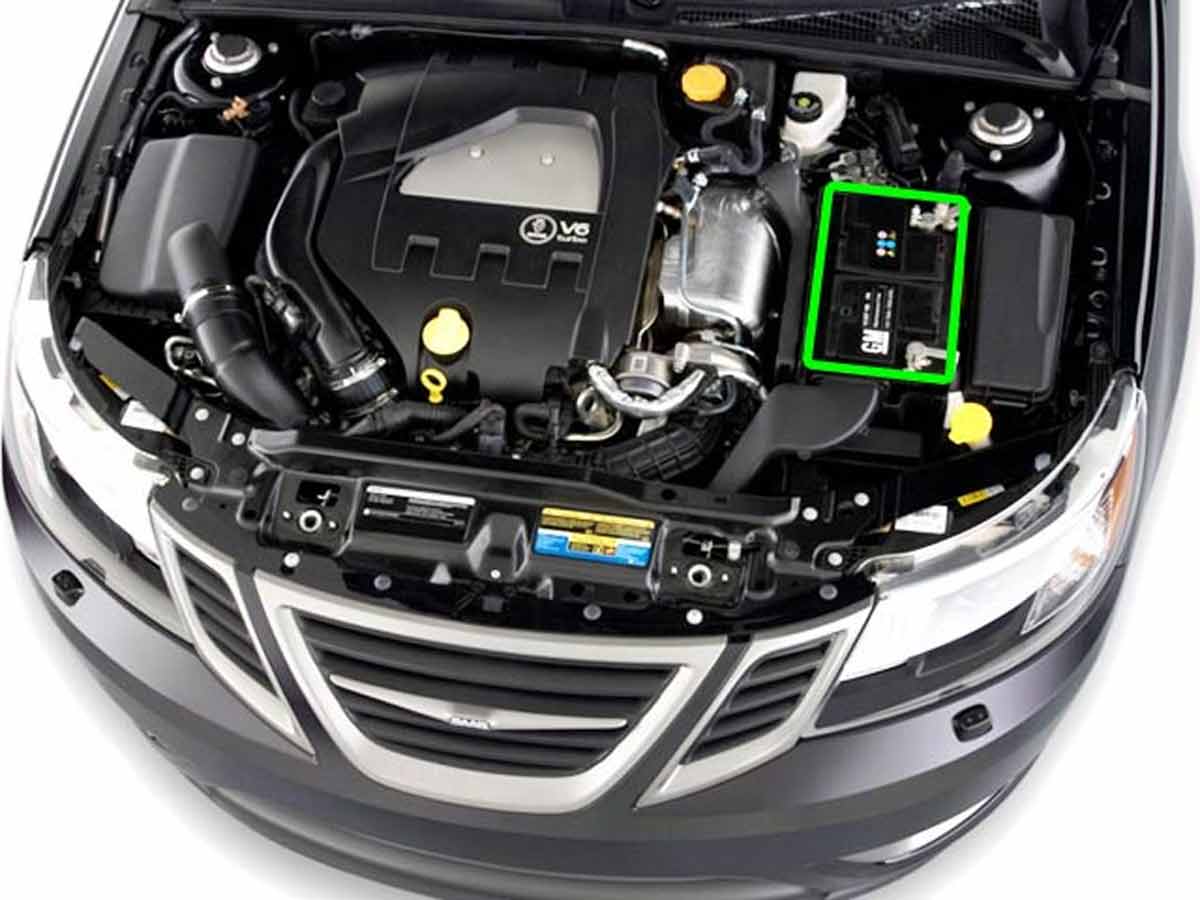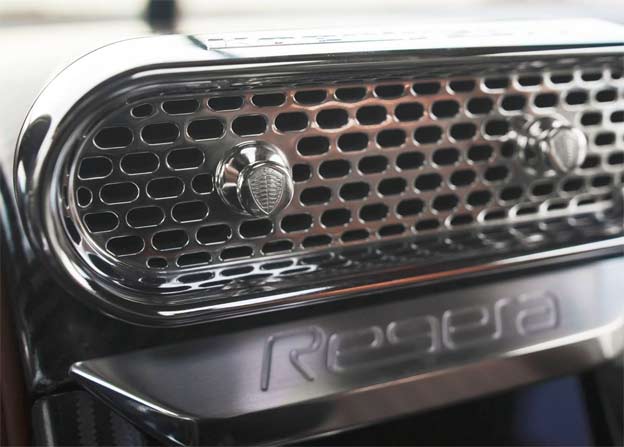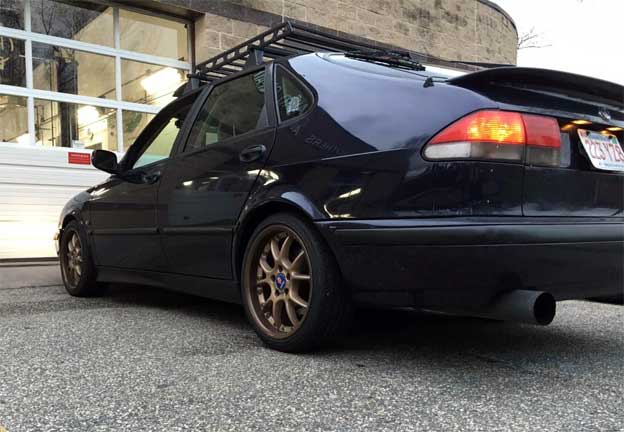The reasons for the discharge of the battery on your Saab car can be numerous, just like the number of reasons why the battery is an important part of modern cars. The main purpose of the car battery is to provide the electrical power necessary to start the vehicle. Also, the battery is where the additional electrical energy generated by the alternator is stored.
If the battery is discharged, you will be unable to use the various electrical devices of your vehicle, and thus to start the car. Although you will generally be able to start the vehicle if the battery dies once, if it continues to discharge and cause trouble, it means there is a bigger problem that you will need the expertise of an auto-mechanic or auto-electrician to fix.
It is very important that when starting the engine, all consumers are turned off, this means lights, heating, audio device, wipers. In modern Saab cars such as the Saab 9-3 or 9-5, the car computer does this by itself, so you will notice that when you start it, it turns off all the consumers on the Saab for a moment.
Each additional consumer increases the shock that the battery survives during starting. On average, a battery lasts 3 to 5 years, but driving habits and exposure to extreme elements can shorten battery life. There are numerous causes that can lead to battery discharge, and below, see some of the most common ones, as well as tips on how to prevent them, so that your Saab always starts without problems.

Table of Contents
- 1 Winter driving conditions are a real challenge for every car battery
- 2 Do not leave the headlights on in the car
- 3 Recommendation: Do not use any in-car devices while the car is switched off
- 4 Make sure to close your car door properly
- 5 “Parasitic” car battery discharge
- 6 Poor battery charging
- 7 Extreme outdoor temperatures
- 8 Too short distances on daily rides
- 9 Corroded terminal contacts and loose battery cables
- 10 Old car battery
- 11 Conclusion
Winter driving conditions are a real challenge for every car battery
Most drivers will tell you that one of the most common culprits for winter troubles is the battery. The lower the temperature, the weaker the battery, so it is necessary to change some habits if you want to overcome the winter period without major problems and that the battery does not fail you at the worst moment. Therefore, before the winter period, the battery should be checked at the service center, in order to test its voltage and capacity and, if necessary, top it up, which would guarantee its reliability in winter conditions.
Do not leave the headlights on in the car
Again, there are no such problems with modern Saab cars, because the system automatically turns off all consumers after turning off the car, but there can be problems with older Saab cars that do not have this modern subsystem.
In those older models, one of the main reasons for the rapid discharge of the battery is the lights on, when the car is not running. Leaving the lights on on a dead car is the worst thing for the “health” of the battery. If they don’t “drain” it completely, the lights will, at the very least, significantly shorten its lifespan. Some research has shown that the largest percentage of people who forget to turn off their car lights do so during the day, and the colder the weather outside, the more likely your battery will run out.
Recommendation: Do not use any in-car devices while the car is switched off
If you are using the radio or other infotainment systems in the car, and you have only turned on the ignition while the engine is not running, the battery may be drained significantly.
Using battery power will result in the engine not being able to start, as the battery needs to provide the initial electrical impulse to start the engine. Therefore, be very careful when you are waiting for a long time in the car, listening to the radio or needing heating, because if you do not take care, there is a real chance that when it is time to go, you will not be able to do it due to a dead battery. This can be more of a problem during the winter.
Make sure to close your car door properly
This again applies to older Saab cars. When you leave the door on the vehicle, ie. if you do not close them well enough, the interior light or door light may come on. If these small lights are left on for long periods of time, such as overnight, there is a good chance that your vehicle will not have enough battery power to start in the morning.
“Parasitic” car battery discharge
This happens when the electrical components in the vehicle continue to be powered by the battery even after the ignition has been turned off.
Some components in the vehicle such as alarms, radio presets, clock, always work. Consumption that is less than 75 milliamps is normal, but anything above this value leads to battery discharge.
The most common causes of current consumption above 75 milliamps are trunk lights, headlights, interior lights in the glove compartment, and other “hidden” lights.
In addition, faulty fuses, short circuits, relay switches that are stuck in the “on” position, bad installations, and poor connection of aftermarket (and unprofessional) devices such as speakers, amplifiers, consoles, etc. can also be responsible for parasitic discharge. video games, GPS devices, etc.
Poor battery charging
If the charging system in a Saab vehicle is faulty, the battery can be discharged even while the engine is running. If the battery discharges while driving, there is probably a problem with the alternator. And this is a typical problem after a certain time with all Saab 9-3 models.
Most vehicles power the radio, lights, automatic windows and other electrical components directly from the alternator, which can drain the battery very quickly if the alternator fails (most commonly worn tensioners, loose belts, or a broken diode on the alternator that keeps the circuit open even when the engine is running turned off).
It happens that drivers charge the battery for several days, and it drains even faster. If you suspect that you have a problem with the alternator and other components of the power supply system, we recommend that you visit a Saab service center or an auto electrician as soon as possible. If you solve them yourself, you can cause even bigger problems.
Extreme outdoor temperatures
Extremely low and high temperatures are harmful to the battery. Temperatures above 40 or below -10 degrees Celsius cause lead sulfate crystals to form in it. In these cases, the battery is difficult to charge, especially if it is driven on short distances.
If the vehicle is kept at such temperatures for a long time, the accumulation of lead sulfate can cause permanent damage. Tip: if very low temperatures are expected and you don’t plan to drive your vehicle, remove the battery and put it somewhere warm wrapped in an old blanket or cloth.
Too short distances on daily rides
Every time the ignition is switched on, the battery provides an electrical impulse that starts the engine. If the vehicle stops too often or if it is driven on too short distances, the battery will wear out prematurely.
The reason is that turning off the engine too quickly does not give the alternator enough time to charge it. The battery is constantly being discharged by starting the engine, and is not being charged because it is immediately switched off. Such driving leads to a reduction of its lifespan.
Corroded terminal contacts and loose battery cables
This is one of the most common consequences of poor and irregular maintenance. Loose terminals and corroded contacts do not allow the battery to be charged to its full capacity. For all this, we recommend the following:
- Simply pull the cables by hand a few times to see if they are firmly connected to the battery electrodes.
- If there is even the slightest corrosion on the contacts, it must be cleaned and removed immediately. Use water and sandpaper, clean the contacts well and lubricate with special contact agents
Old car battery
Everything has its shelf life, and the life of the battery is about 3-5 years. An old battery cannot maintain a sufficiently high and stable voltage, which is required for the proper functioning of electrical components. We are witnessing that there are more and more of these components in modern vehicles, which is a challenge for batteries to be even more powerful and reliable.
The recommendation of car electricians is to charge car batteries at least once every three months using external chargers that are cheap and available to everyone – because this will extend the life of each battery. With proper and regular maintenance, the life of the battery can be extended, but when its time comes and it gets old, then it doesn’t help, it has to be replaced and a new one bought.
Conclusion
No one likes a dead battery. In most cases, a 10 to 15 minute drive is enough to charge. But sometimes the battery gets too discharged and simply does not deliver the current that is expected from the battery.
The biggest culprit for that is poor maintenance, in the daily rush, most drivers don’t have time to look at their vehicle, lift the hood and see what’s happening with the battery.
As always – prevention is better than cure, find out why it discharges so quickly, and if you can’t fix the problem yourself, visit a professional auto electrician as soon as possible.











